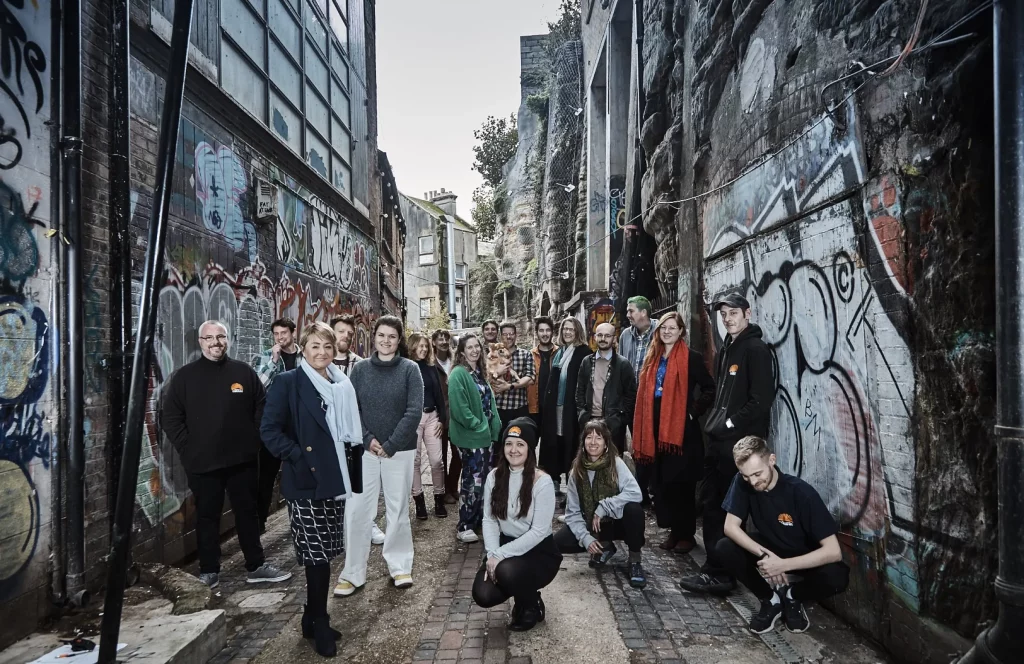Lithuania faced a major housing problem after the Soviet Union collapsed. Most of its 30,000 apartment blocks were in poor condition, and energy bills were high because the buildings were very inefficient. In the early 1990s, 90% of tenants became homeowners, but they were not maintaining shared areas, and the buildings were quickly deteriorating. Without action, these blocks risked turning into “ghettos” for the poorest residents.
To solve this, the government, with World Bank support, launched the Energy Efficiency Housing Pilot Project in 1996. Homeowners formed associations to access soft loans for renovations like insulation, heating upgrades, and new windows. The programme combined loans, government co funding, and homeowner contributions. A revolving fund, fuelled by loan repayments, allowed the programme to continue without constant new funding.
The results have been significant. About 1,100 homeowner associations now manage 20% of all apartment blocks, with some cities exceeding 70%. Over 25,000 households and 53 schools have been renovated, cutting heating bills by around 25% and saving 12,000–22,000 tons of CO₂ annually. Apartments are now more comfortable and more valuable, and wealthier residents have stayed, preventing social segregation.
The project was innovative because it shifted responsibility from the state to residents, enabled commercial bank lending without mortgaging individual apartments, and built strong cooperation between government, banks, and communities. Public awareness campaigns, training, and financial incentives encouraged participation.
Key lessons include homeowners will invest in shared property with proper support; forming associations encourages accountability; and visible success motivates others to join. The project has been expanded nationwide, studied internationally, and remains financially sustainable thanks to loan repayments and targeted support for low-income families.








